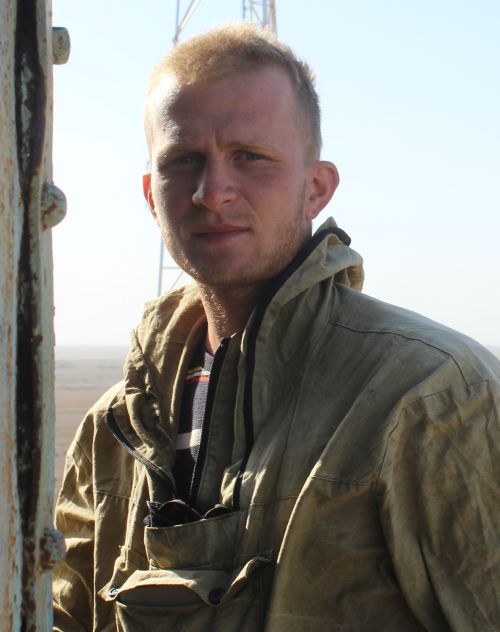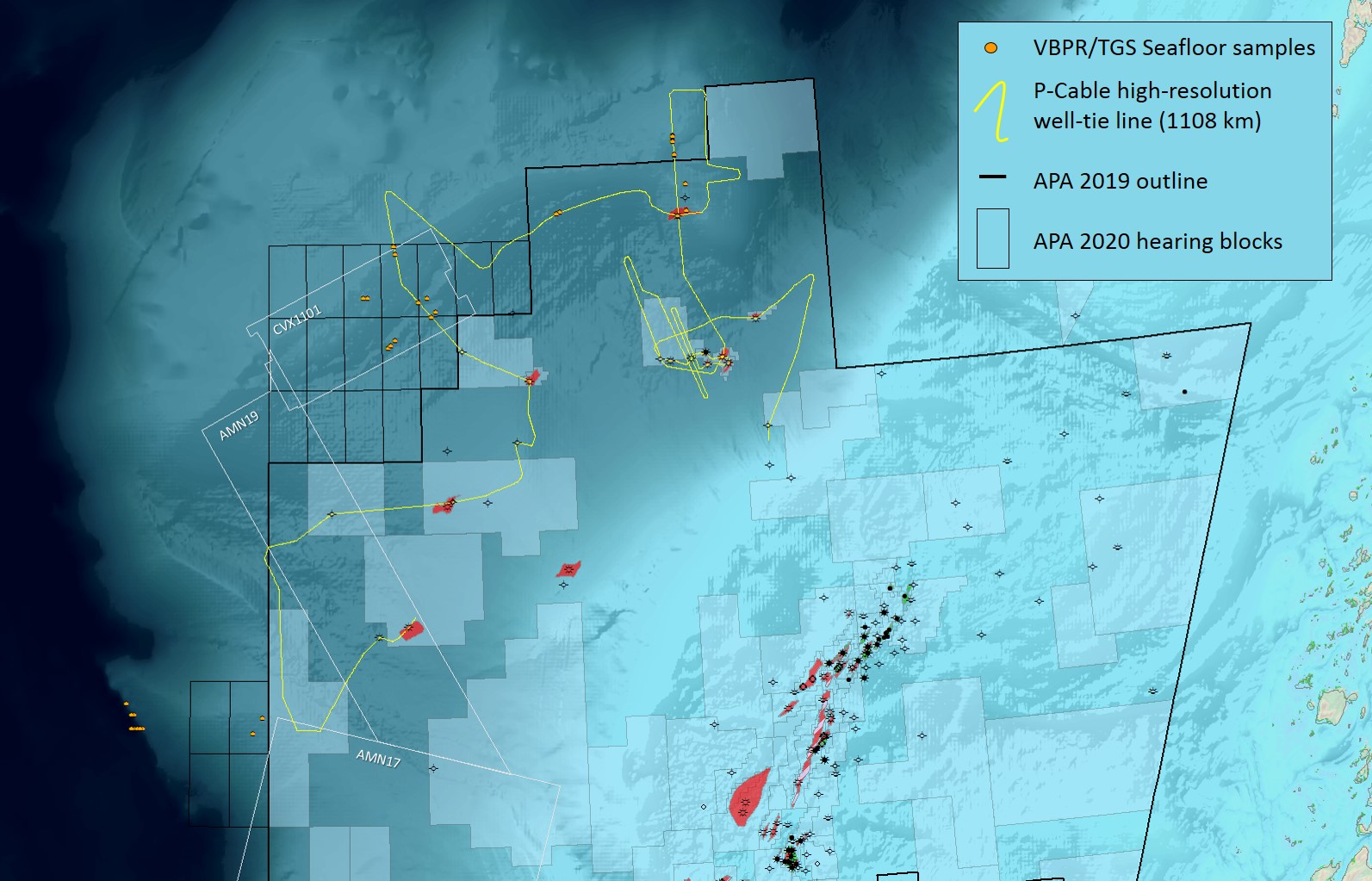Regional work on mid-Norwegian continental shelf published (Dmitry Zastrozhnov et al)
Over the last 15 years, a significant data accumulation including new and reprocessed 2D seismic reflection lines, large 3D seismic surveys, regional interpolated 3D volume (J-Cube MN), potential field data, new exploration wells, seabed sampling and revised bio-lithostratigraphic schemes enabled an improved understanding of the mid-Norwegian margin. New and reprocessed seismic data achieved a better imaging of intra-volcanic sequences and sub-basalt basin geometries in the outer domain of the mid-Norwegian margin and deep basin structures in the central parts of the Møre and Vøring basins.
The main goal of this paper was to compile, integrate and jointly interpret this comprehensive geological and geophysical dataset to improve the understanding of processes controlling the formation and development of the deep Cretaceous-Paleocene basins of the mid-Norwegian margin. Another important task was to update tectonostratigraphic framework for the Møre and Vøring basins. Several new structural elements have been identified and described in the central and outer Møre and Vøring basins including the Ervik Ridge, Bylgja Ridge, Kolga High, Hevring High and Dufa High. Previously defined structural elements in the outer Vøring Basin (e.g. Rån Ridge, Vigrid Syncline and Gjallar Ridge) have been revised. Distal elevated crustal marginal plateaus were suggested to present in the outer Møre and Vøring basins.
The paper shows that the Early Cretaceous to Paleocene evolution of Møre and Vøring basins is associated with episodic phases of extensional events separated by intermediate cooling phases. This study also shows that the Vøring and Møre basins have different structural and sedimentary evolution. The pre-breakup evolution and configuration of the outer mid-Norwegian margin significantly differ from the previously proposed Iberian-type model and this may provide additional industrial interest in this yet underexplored region.











